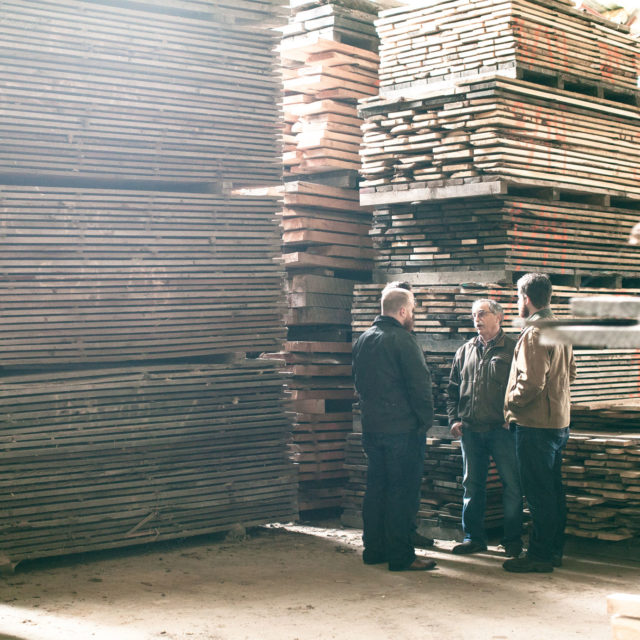There are some 500 species of oak trees around the globe, but in the world of whiskey, just one is predominant: the American white oak, Quercus alba. Used in bourbon and Tennessee whiskey, both of which require the use of new charred oak barrels, American white oak often enjoys a second life overseas, with millions of gently used barrels from Jim Beam, Wild Turkey, Jack Daniel’s and other distilleries in the U.S. subsequently heading off to Scotland, Ireland, and other whiskey-making regions where they are put to a second (or third, or further) use.
But in recent years, a number of distillers have started using unusual, often local, species of oak to age their whiskeys, in a quest to give their spirits a more specific sense of place.
In Washington, Westland Distillery’s Garryana whiskey is partially aged in casks made from a local species, Quercus garryana, known as Garry oak. According to Westland’s master distiller Matt Hofmann, Washington State’s only native oak species offers a particular — and particularly strong — set of flavors, especially when compared to its ubiquitous cousin, Quercus alba.
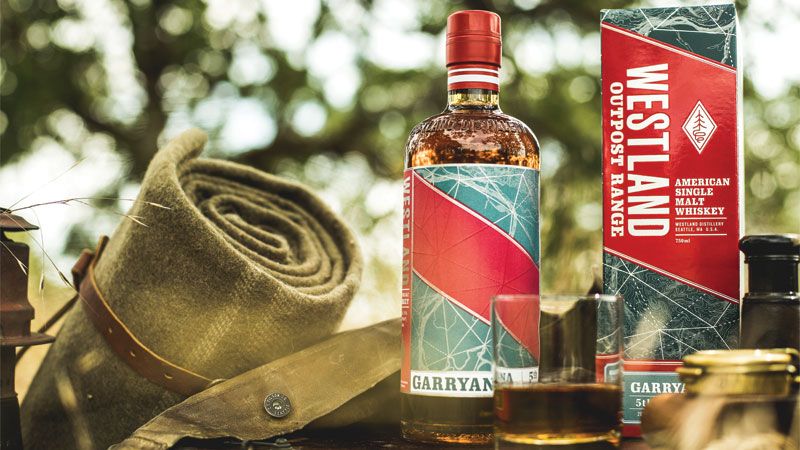
“American white oak is everywhere, and the flavor profile from that oak is caramel, vanilla, coconut, baking spices,” Hofmann says. “Generally speaking, with Garry oak, the easiest way to describe it is like all of those flavor notes, but darker. So instead of caramel, it’s molasses. Instead of generic baking spices, it’s heavy clove.”
Not only does Garry oak bring more holiday spice to Westland’s Garryana, but it adds an unusual note that is more often associated with Missouri, Hofmann says, thanks to the presence of the smoky compounds called phenolics, which whiskey most often gets from peat-smoked malt.
“Garry oak has the most phenolics of any oak that I’ve ever seen, by quite some margin,” Hofmann says. “So you get like a savory smokiness, like a Kansas City-style barbecue sauce, if that makes sense to you. It’s just this really very flavorful, very dark, savory sort of oak that’s dramatically different from Quercus alba.”
“One of the tasting notes that was actually in here when we wrote the tasting notes was ‘burnt ends.’ Like barbecue burnt ends,” Hofmann continues. “Savory, but in a really good way.”
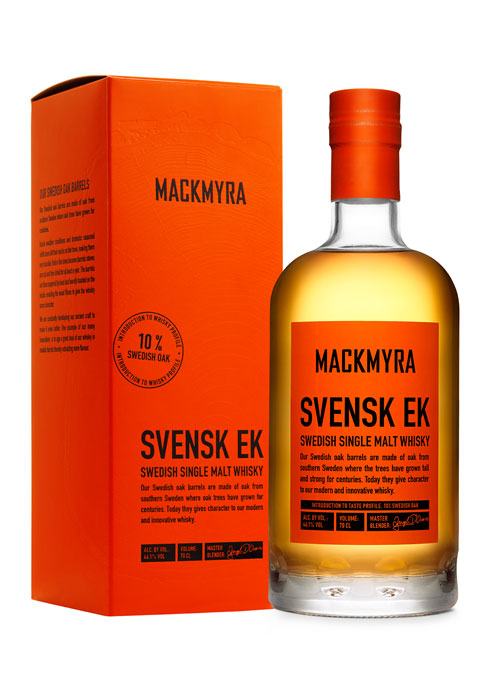
In Sweden, Mackmyra’s Svensk Ek (“Swedish Oak”) whiskey includes spirits that were aged in barrels made from the European oak Quercus robur, which was harvested in southern Sweden and made into barrels in the town of Varalöv. For Mackmyra’s master blender, Angela D’Orazio, the characteristics offered by European oak differ substantially from those of American oak barrels.
“Generally, if you describe them, they are like a cigar box,” D’Orazio says. “They are like an oriental perfume. So you have a lot of exotic wood notes, sandalwood, cedar wood, peppery notes. You have tobacco leaf notes. You have ginger notes, cardamom, cinnamon. This oak has less sweet, vanilla tones and more rougher spices than the American oak.”
That classic American white oak is still an essential member of D’Orazio’s toolbox, however. Her goal? To use the two oaks, as well as former sherry casks and other barrels, to create a harmonious blend. In the end, roughly 10 percent of the Swedish-oak-aged spirit turned out to be the right proportion for Svensk Ek whiskey.
“The new American oak cask also has a beautiful influence that I wouldn’t like to be without,” D’Orazio says. “And the oloroso casks, spice casks as well. I wanted it to be like an orchestra playing together, like [the] Swedish oak being there, but not being the solo.”
Even a single oak species can have great variations in terms of the flavors it adds, depending on where it is grown, according to Brendan McCarron, head of maturing whiskey stocks at Glenmorangie in Tain, Scotland.
“With robur, European oak, in France versus in Spain, what you find is French oak is quite high in tannins, so you get lots of spice,” McCarron says. “But as you go from the north of France into the south of Spain, the tannin levels go up and up and up and up. It’s the same species, but it does change. We just recently worked with Hungarian oak, and Hungarian oak is Quercus robur, but it performs very differently because of where it’s grown, because of the climate, than it does in France.”
While especially visible among smaller, craft producers, unusual oak species are also used at large distilleries, often to create special releases. Glenmorangie has worked with a number of oddball oaks in recent years, McCarron says, including Garry oak, as well as the swamp white oak, Quercus bicolor, and the bur oak, Quercus macrocarpa. In 2017, Glenmorangie’s sister distillery Ardbeg released Kelpie, a whiskey that had been partially aged in an unspecified oak sourced from the Black Sea region.
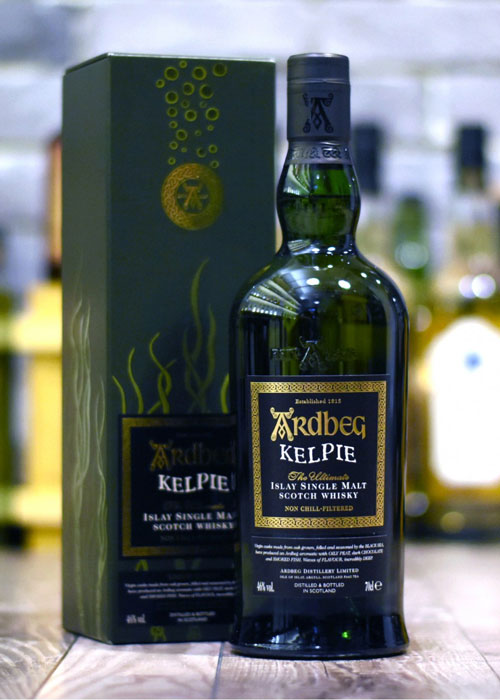
At the moment, one of the most prized oaks for whiskey is Japan’s mizunara oak, Quercus crispula, known for being sweet and spicy with distinct sandalwood and incense aromas. Mizunara is said to be responsible for the house character of Japan’s beloved Chichibu whiskey, and has been used to finish limited editions of Chivas Regal, Bowmore, and other brands.
While there might be some 500 species of oak to choose from, there won’t be 500 differently oaked versions of Glenmorangie or Ardbeg for collectors to chase down. Many oak species are either extremely limited or extremely slow-growing. Mizunara is said to take 200 years — that is, two full centuries — before it can be made into a cask. And even if a certain species of oak can be made into a cask, there might not be anyone to do that in the region where that oak is found.
“It does come with its challenges,” McCarron says. “You’re literally walking into forests where there’s no sawmill or cooperage and trying to find someone in that country who’ll turn that wood into casks for you. That’s why these tend to be one-offs as opposed to permanently available products — because there’s no supply chain.”
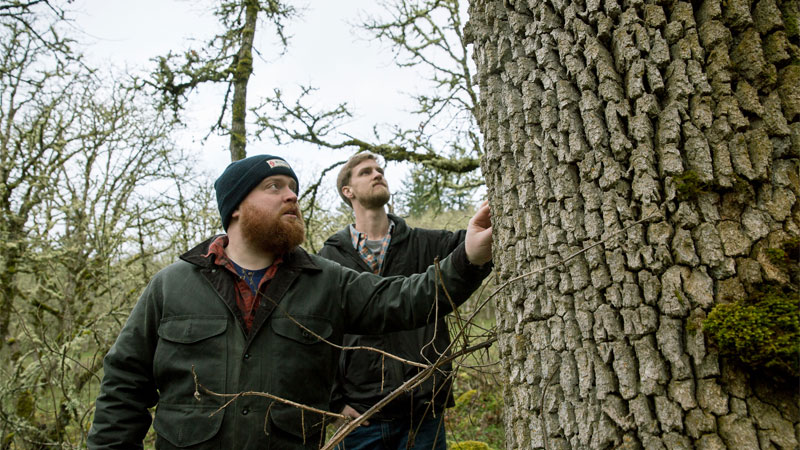
Though working with new and unusual oaks might be part of whiskey’s future, it’s also a major component of human history. In “Oak: The Frame of Civilization,” author and arborist William Bryant Logan writes about the “basic sympathy” between oaks and humans, which could almost define the role of Quercus in the production of some of the world’s greatest spirits.
“And wherever we have gone, oaks have become central to our daily lives,” Logan writes. “We invented a whole way of living out of their fruit and their wood, and by that token, they too invented us.
